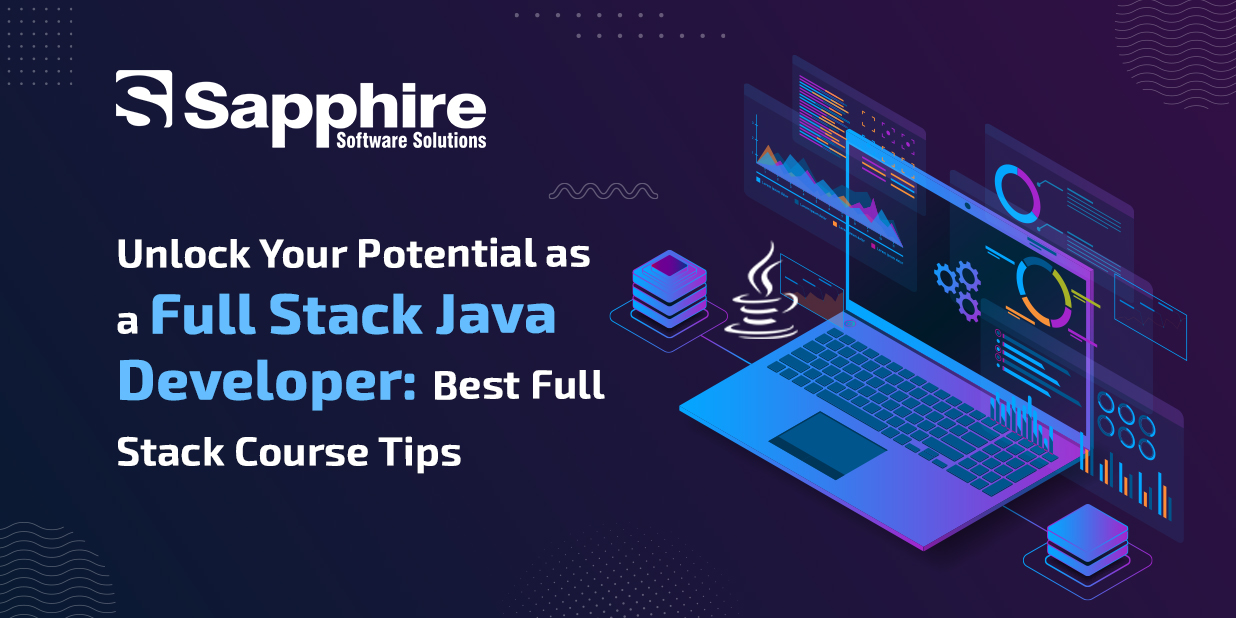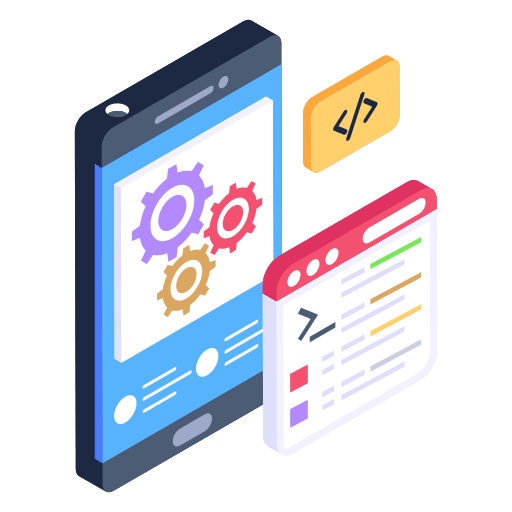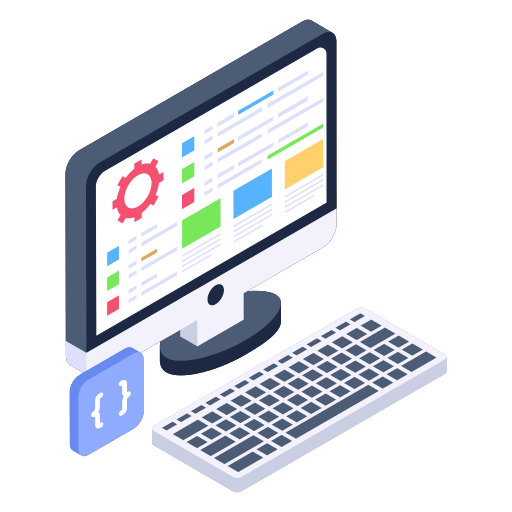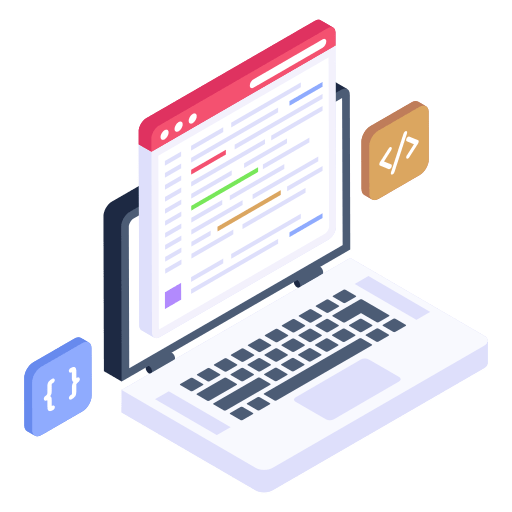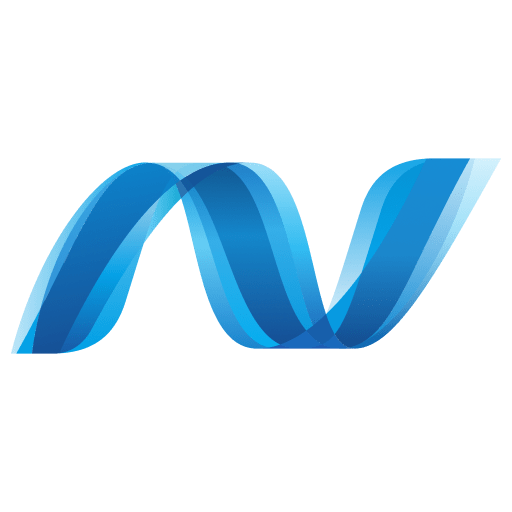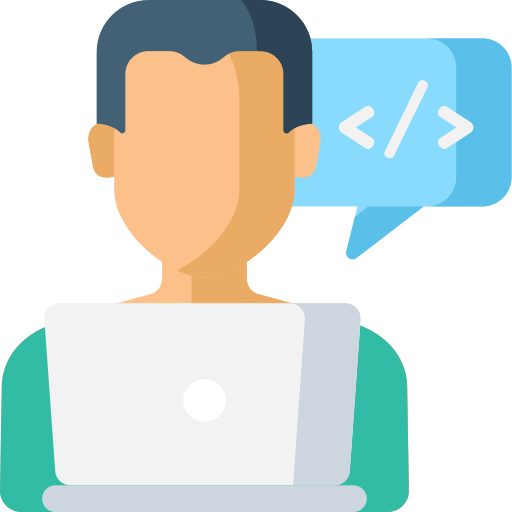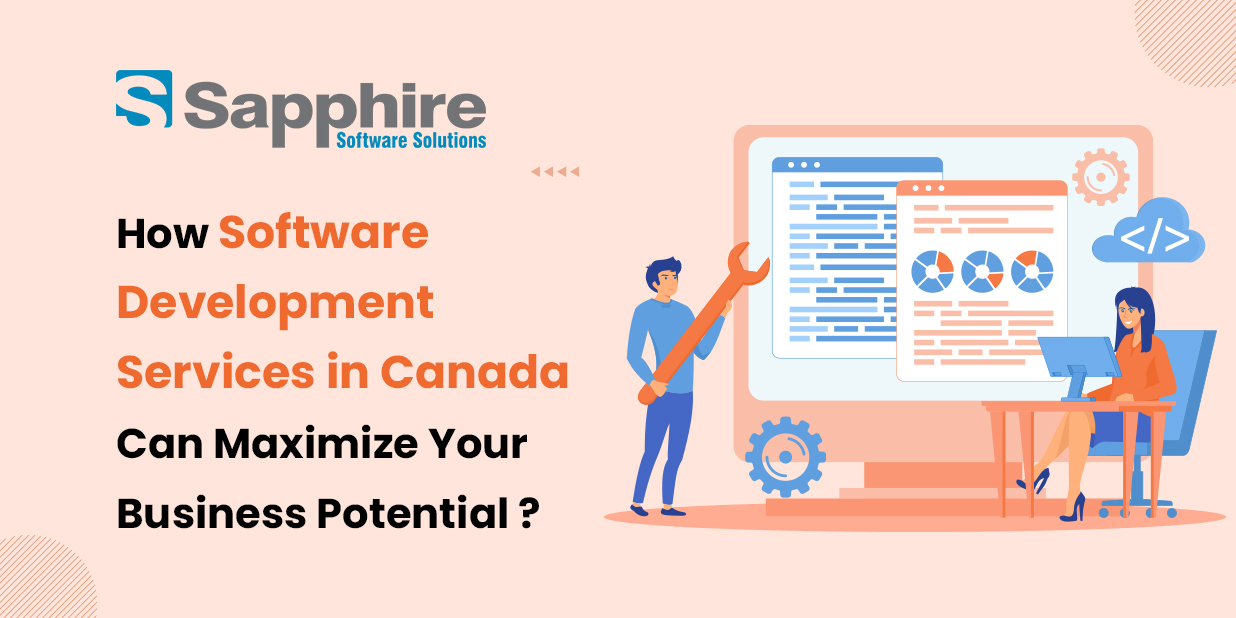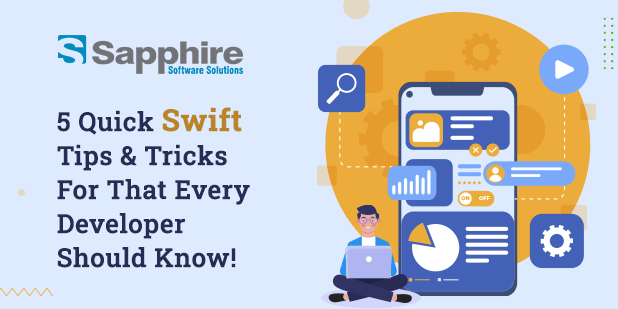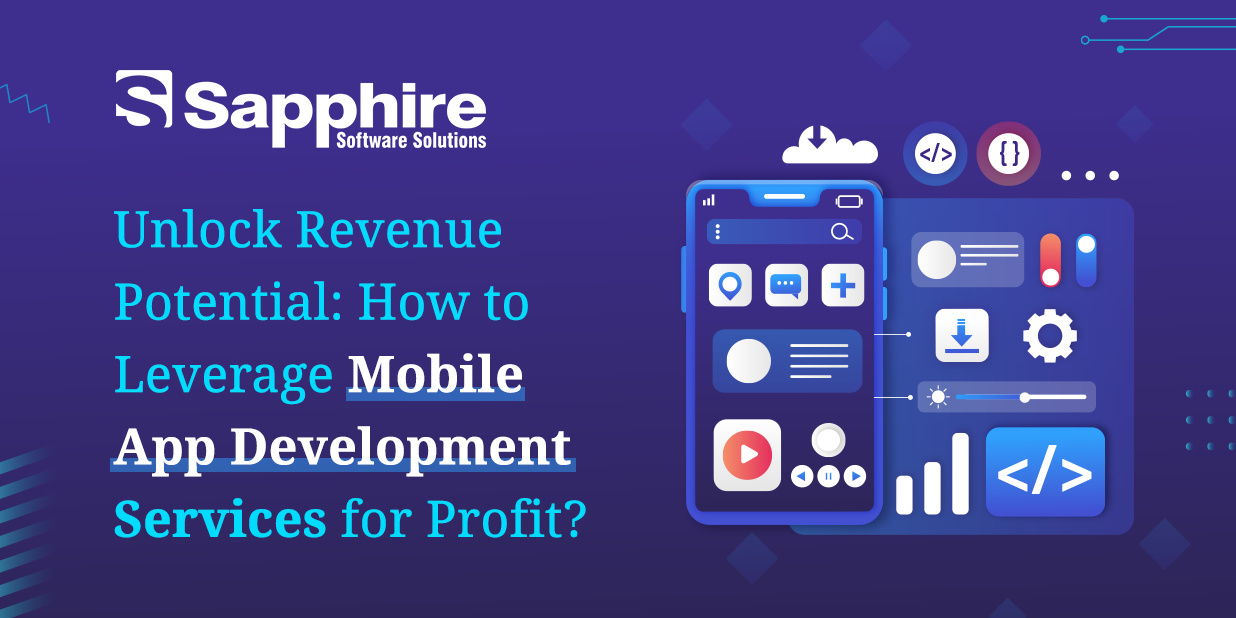Are you determined to master full stack web development and transform yourself into a highly sought-after full stack Java developer? Whether you’re a complete beginner eager to embark on this exciting journey or a seasoned developer looking to refine and expand your skill set, following a well-defined and strategic roadmap is crucial. In this comprehensive blog, we’ll delve deep into the best full stack course tips, meticulously break down the full stack developer roadmap into actionable steps, and explore the intricacies of various development technologies, including full stack in Java, Python, and PHP. We’ll also discuss how leveraging full stack development services can significantly elevate your business’s digital presence and provide a detailed overview of the cost considerations when hiring a full stack development company.
Growing Demand for Full Stack Java Developers:
Before starting the learning process, it’s critical to understand why full stack Java developers are in such high demand. By looked at the recent industry data, and it’s clear that full stack developers are earning top salary in the tech world. Java specialists are commanding impressive salaries because they bring such versatile skills to the table.
Companies are desperate for developers who can work on both frontend and backend work as they shift to microservices and cloud platforms. Why? Because when one person understands the entire stack, projects move faster, and teams communicate better.
Learn Full Stack Web Development from Scratch: A Comprehensive Guide
Frontend Development: Crafting Engaging User Interfaces:
Frontend development is the art of crafting the user interface and user experience of web applications. As a full stack developer, you must master key technologies that breathe life into web pages:
HTML (Hypertext Markup Language)
The bedrock of web page structure, ensuring semantic and accessible content. Modern HTML5 introduces powerful features like:
- Semantic elements (<header>, <footer>, <article>)
- Form validation attributes
- Media elements (<audio>, <video>)
- Canvas for graphics and animations
- Local storage capabilities
CSS (Cascading Style Sheets)
The styling language that defines the visual presentation and layout of web pages. Advanced CSS concepts include:
- Flexbox and Grid layouts for responsive designs
- CSS variables for consistent theming
- Animations and transitions for enhanced user experience
- Media queries for device-specific styling
JavaScript
The scripting language that enables interactivity, dynamic content, and engaging user experiences. Essential JavaScript concepts include:
- ES6+ features
- DOM manipulation techniques
- Asynchronous programming with async/await
- Event handling and propagation
- Fetch API for data retrieval
- Local storage management
Modern UI Frameworks
React.js, Angular, and Vue.js streamline frontend development with reusable components and efficient state management.
React.js Specifics:
- Component lifecycle and hooks
- Virtual DOM and reconciliation
- State management with Redux or Context API
- React Router for navigation
- Server-side rendering with Next.js
Angular Specifics:
- TypeScript integration
- Component-based architecture
- RxJS for reactive programming
- Dependency injection system
- Angular Material design components
Vue.js Specifics:
- Intuitive template syntax
- Reactive data binding
- Vue Router and Vuex for state management
- Single-file components
- Vue CLI for project scaffolding
Responsive Design
Techniques using Bootstrap or Tailwind CSS to ensure applications look and function flawlessly on all devices:
- Mobile-first approach principles
- Fluid grids and flexible images
- Touch-friendly interfaces
- Accessibility considerations
- Progressive enhancement strategies
Performance Optimization
Strategies like lazy loading, code splitting, and minimizing HTTP requests to enhance page speed and user experience:
- Image optimization techniques
- Critical CSS rendering path management
- Tree shaking for smaller bundle sizes
- Service workers for offline functionality
- Lighthouse audits and performance monitoring
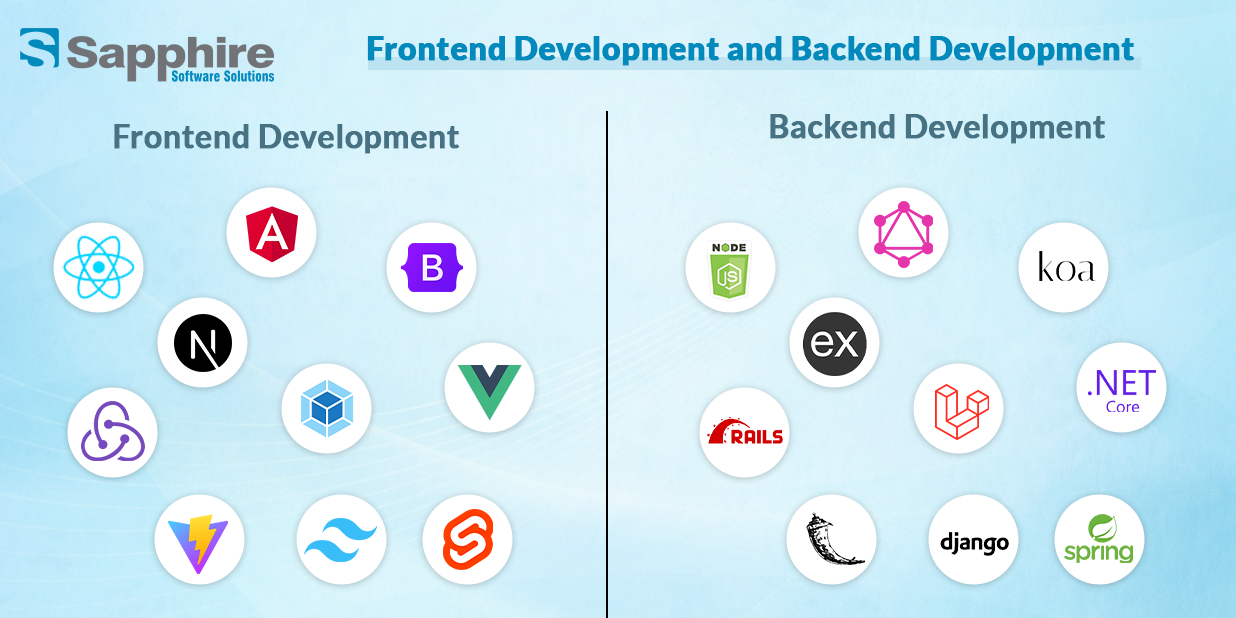
Backend Technologies: Building Robust Server-Side Logic
Backend development is the engine room of web applications, handling the logic, database management, and server-side operations. Depending on your technology choice, you might learn:
Python (Django/Flask)
Known for its simplicity and efficiency, ideal for data-driven and scalable applications.
- Django’s built-in admin interface
- Flask’s lightweight architecture
- Python’s extensive library ecosystem
- Data processing capabilities
- Machine learning integrations
PHP (Laravel/CodeIgniter)
A preferred choice for web applications requiring robust backend logic and efficient data handling.
- Laravel’s elegant syntax and tools
- CodeIgniter’s lightweight footprint
- Blade templating engine
- Eloquent ORM for database operations
- Artisan command-line interface
MVC (Model-View-Controller) Architecture
A software design pattern that organizes application logic for maintainability and scalability:
- Models for data management
- Views for presentation logic
- Controllers for request handling
- Benefits of separation of concerns
- Implementation examples in different frameworks
Building RESTful APIs
Ensuring seamless communication between frontend and backend components for dynamic data exchange:
- REST principles and best practices
- HTTP methods (GET, POST, PUT, DELETE)
- Status codes and error handling
- Authentication mechanisms
- API versioning strategies
- Documentation with Swagger/OpenAPI
Database Management: Storing and Retrieving Data Efficiently:
Databases are the repositories where application data is stored and managed, ensuring security and accessibility. A full stack developer should be comfortable with:
SQL Databases (MySQL, PostgreSQL)
Used for structured data and relational queries, ensuring data integrity:
- Schema design principles
- Normalization techniques
- Indexing strategies
- Transaction management
- Query optimization
- Stored procedures and functions
NoSQL Databases (MongoDB, Firebase)
Ideal for handling unstructured or hierarchical data, providing flexibility:
- Document-based data models
- Key-value stores
- Graph databases
- Scaling strategies
- Real-time data synchronization
- Use cases for different NoSQL types
ORM (Object-Relational Mapping) Tools
Such as Hibernate (Java) and SQLAlchemy (Python) for efficient database interactions and data manipulation:
- Entity mapping strategies
- Lazy vs. eager loading
- Caching mechanisms
- Query builders
- Transaction management
- Migration tools
Version Control and Deployment: Streamlining Development Workflow:
Git/GitHub
Essential for tracking code changes, collaboration, and version management:
- Branching strategies
- Pull request workflows
- Code review practices
- Conflict resolution techniques
- Git hooks for automation
- GitHub Actions for CI/CD
Continuous Integration & Deployment (CI/CD)
Automating testing and deployment processes for rapid and reliable releases:
- Jenkins pipelines
- GitHub Actions workflows
- Travis CI configuration
- Automated testing strategies
- Blue-green deployments
- Rollback mechanisms
Cloud Platforms
AWS, Azure, Firebase, or Heroku for scalable and reliable application hosting:
- Infrastructure as Code (IaC)
- Serverless architecture patterns
- Container orchestration with Kubernetes
- Auto-scaling configurations
- Load balancing strategies
- CDN integration for global reach
API Development: Enabling Seamless Communication:
RESTful API
A standard approach for designing APIs, enabling interoperability between different software components:
- Resource-based design
- Stateless communication
- Caching strategies
- Security best practices
- Documentation standards
- API gateway patterns
Postman
A popular tool for API testing and development, ensuring robust and reliable APIs:
- Collection organization
- Environment configuration
- Automated testing scripts
- Mock servers
- Documentation generation
- Collaboration features
Security Best Practices: Protecting Sensitive Data:
Secure Authentication
Implementing JWT, OAuth, and multi-factor authentication for robust user security:
- Token-based authentication flow
- Refresh token strategies
- OAuth 2.0 providers integration
- Social login implementation
- Session management best practices
- Password hashing techniques
Data Encryption
Using HTTPS, SSL/TLS, and hashing techniques to protect sensitive data during transmission and storage:
- SSL/TLS certificate management
- End-to-end encryption implementation
- Data at rest encryption
- Key management strategies
- Secure cookie handling
- HTTPS enforcement methods
Protection Against Attacks
SQL injection, Cross-Site Scripting (XSS), and Cross-Site Request Forgery (CSRF) mitigation strategies to safeguard applications:
- Input validation techniques
- Output encoding strategies
- Content Security Policy (CSP) implementation
- Rate limiting and throttling
- OWASP Top 10 mitigation approaches
- Regular security audits and penetration testing
How to Follow the Perfect Full Stack Developer Roadmap?
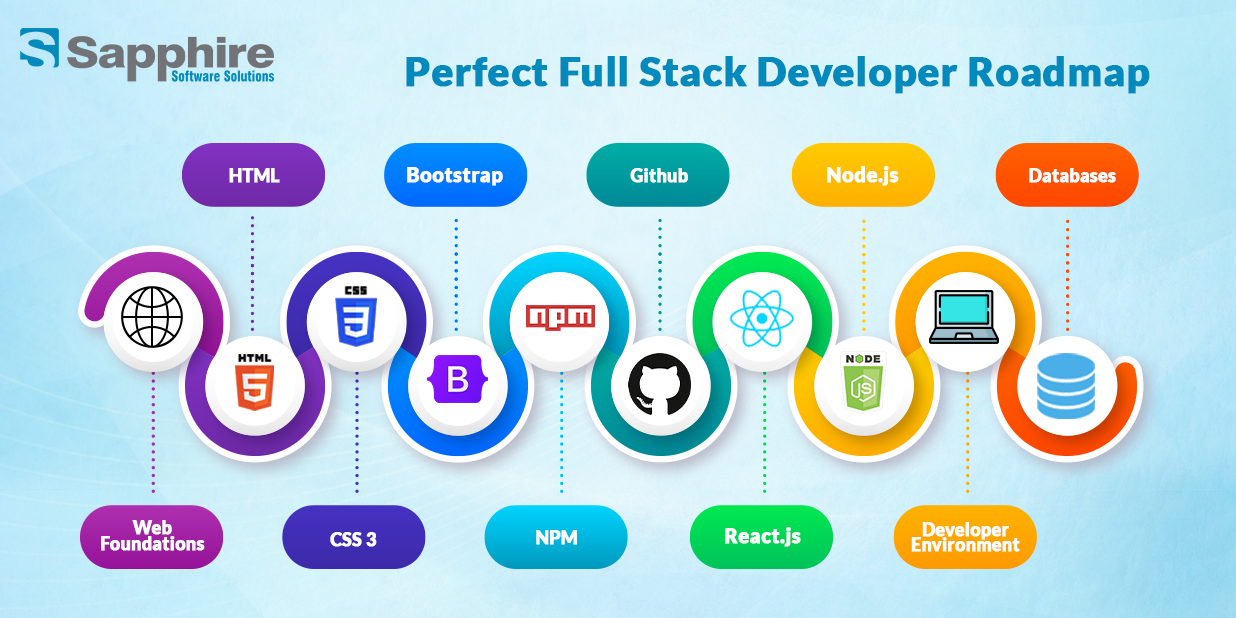
Beginner Level (3-6 months):
- Master HTML, CSS, JavaScript fundamentals
- Build static web pages and explore UI/UX fundamentals
- Complete small projects like personal portfolios, landing pages
- Create responsive layouts using CSS Grid and Flexbox
- Understand Git basics for version control
- Learn terminal/command line basics
Practical Project Idea: Build a personal portfolio website with HTML, CSS, and basic JavaScript functionality.
Intermediate Level (6-9 months):
- Learn frontend frameworks (React.js, Vue.js, or Angular)
- Build interactive and dynamic UI components
- Implement state management techniques
- Create single-page applications (SPAs)
- Understand API consumption patterns
- Learn about frontend build tools (Webpack, Babel)
Backend Development (6-9 months):
- Learn Java (Spring Boot), Python (Django/Flask), or PHP (Laravel)
- Understand database interactions and backend logic
- Implement authentication and authorization
- Create RESTful APIs from scratch
- Handle file uploads and processing
- Implement server-side validation
Database Mastery (3-6 months):
- Work with MySQL, PostgreSQL, or MongoDB
- Learn about indexing, data security, and performance tuning
- Implement complex queries and relationships
- Database migration strategies
- Backup and recovery procedures
- Scaling strategies for high-traffic applications
DevOps and Deployment (3-6 months):
- Use Docker and Kubernetes for containerization
- Deploy applications to cloud platforms like AWS and Google Cloud
- Set up CI/CD pipelines for automated deployment
- Configure domain names and SSL certificates
- Implement monitoring and logging solutions
- Auto-scaling and load balancing configuration
Build Real-World Projects (Ongoing):
- Work on portfolio-worthy applications
- Contribute to open-source projects and gain real-world experience
- Collaborate with other developers using agile methodologies
- Implement advanced features like payment processing
- Performance optimization for production environments
- Cross-browser and cross-device testing
Practical Project Ideas:
- E-commerce platform with payment integration
- Social media application with real-time features
- Project management tool with team collaboration features
- Content management system with custom templates
Everything You Need to Know About Full Stack Python Development:-
Frontend Technologies:
Use React.js or Vue.js with JavaScript for creating interactive user interfaces. Python developers often pair these frontend frameworks with:
- TypeScript for type safety
- Redux or Vuex for state management
- Axios for API communications
- Styled Components or Tailwind CSS for styling
Backend Technologies:
Django (for high-level applications) or Flask (for lightweight applications):
- Django’s “batteries-included” approach provides authentication, admin interfaces, and ORM out of the box
- Flask’s minimalist design allows for greater flexibility and custom implementations
- Fast API for high-performance API development with automatic documentation
- Pyramid for scalable enterprise applications
Database Management:
PostgreSQL, MySQL, or MongoDB:
- SQLAlchemy as an ORM for SQL databases
- PyMongo for MongoDB integration
- Database migration tools like Alembic
- Connection pooling for performance optimization
What Does a Full Stack Software Developer Do?
A full stack software developer has a key part in the design, development, and upkeep of web apps’ front and back ends. They make sure users have a smooth experience through their work on interactive interfaces, server-side tasks, database management, software testing and fixing, and safe app deployment. Their know-how covers many tech areas, which lets them create strong growing applications.
A full stack software developer has a key part in the design, development, and upkeep of web apps’ front and back ends. They make sure users have a smooth experience through their work on interactive interfaces, server-side tasks, database management, software testing and fixing, and safe app deployment. Their know-how covers many tech areas, which lets them create strong growing applications. Their main jobs include:
Frontend Development:
Designing engaging and user-friendly interfaces:
- Creating responsive layouts that work across devices
- Implementing interactive UI components and animations
- Optimizing for performance and accessibility
- Ensuring cross-browser compatibility
- Following design systems and brand guidelines
Backend Development:
Implementing logic and ensuring smooth server-side operations:
- Building business logic and application workflows
- Creating and documenting APIs for data exchange
- Implementing authentication and authorization systems
- Processing and validating form submissions
- Handling file uploads and processing
Database Management:
Storing and retrieving data efficiently:
- Designing database schemas and relationships
- Writing optimized queries for data retrieval
- Implementing data validation and integrity checks
- Managing database migrations during updates
- Setting up caching mechanisms for performance
Testing and Debugging:
Identifying and fixing issues across the stack:
- Writing unit and integration tests
- Performing end-to-end testing
- Debugging cross-browser compatibility issues
- Performance profiling and optimization
- Security vulnerability testing
Deployment and Maintenance
Managing cloud-based services and security:
- Configuring servers and deployment environments
- Setting up CI/CD pipelines
- Monitoring application health and performance
- Implementing backup and disaster recovery strategies
- Updating dependencies and security patches
How Full Stack Development Services Can Transform Your Digital Presence?
Custom Web Solutions:
Tailored applications suited to business needs:
- Industry-specific features and integrations
- Brand-aligned user interfaces
- Scalable architecture for future growth
- Legacy system modernization
- Custom APIs for third-party integrations
Faster Development:
Accelerated development cycles and quick deployment:
- Streamlined communication with a unified team
- Rapid prototyping and iteration
- Efficient bug fixing across the stack
- Consistent development practices
- Consolidated project management
Cross-Platform Compatibility:
Ensuring seamless performance on desktop and mobile:
- Responsive design implementation
- Progressive web app capabilities
- Device-specific optimizations
- Cross-browser testing and compatibility
- Touch-friendly interfaces for mobile users
SEO Optimization:
Helping businesses rank higher in search results:
- Performance optimization for better page speed
- Semantic HTML structure for improved indexing
- Mobile-friendly design for better rankings
- Structured data implementation
- SEO-friendly URL structures and redirects
How Much Does It Cost to Hire a Full Stack Development Company?
Factors Affecting Cost:
- Developer location (North America & Europe tend to be more expensive)
- Experience level (junior vs. senior developers)
- Project scope (simple websites vs. complex applications)
- Tech stack (Java and Python developers typically charge more than full stack PHP developer)
- Maintenance and support requirements
- Timeline constraints (rush projects cost more)
- Custom design requirements
- Third-party integrations and APIs
Investment Return Considerations:
- Time-to-market acceleration
- Reduced technical debt
- Scalability for future growth
- Enhanced user experience leading to higher conversion
- Competitive advantage through custom features
Why Choose Sapphire Software Solutions?
Custom Software Development Tailored to Your Needs:
- Thorough requirements analysis process
- Collaborative design and planning approach
- Regular client feedback integration
- Flexible development methodologies
- Scalable architecture designed for growth
High-Performance and Scalable Solutions:
- Performance optimization as standard practice
- Cloud-native application development
- Microservices architecture implementation
- Load testing and performance monitoring
- Scalability planning for future growth
End-to-End Services, from UI/UX to Deployment:
- User experience research and design
- Frontend and backend development
- Quality assurance and testing
- Deployment and DevOps
- Post-launch support and maintenance
Affordable and Transparent Pricing:
- Clear project scoping and estimation
- Milestone-based payment structure
- No hidden costs or surprises
- Cost-effective technology recommendations
- Value-driven development approach
Stay competitive in tech-driven world with Full Stack Java proficiency.
Conclusion:
Becoming a full stack Java developer or mastering full stack web development offers huge career and business opportunities. Learning the right technologies, working on real time projects, and by mastering the full stack development journey, you can establish yourself as a competent full stack software engineer in today’s fiercely competitive employment environment.
The path demands ongoing education and unwavering commitment, but the benefits are significant. Full stack developers rank among the best-compensated and most in-demand specialists in the technology sector, possessing the flexibility to operate across different fields and technical frameworks.
For organizations, partnering with a full stack development firm guarantees premium-quality applications and economical solutions. If you’re seeking to engage full stack developers, Emerald Tech Solutions stands as your premier option for exceptional full stack development services, delivering expertise, dependability, and cutting-edge solutions customized to your needs.
Start your journey today and unlock your full potential in full stack web development!



















